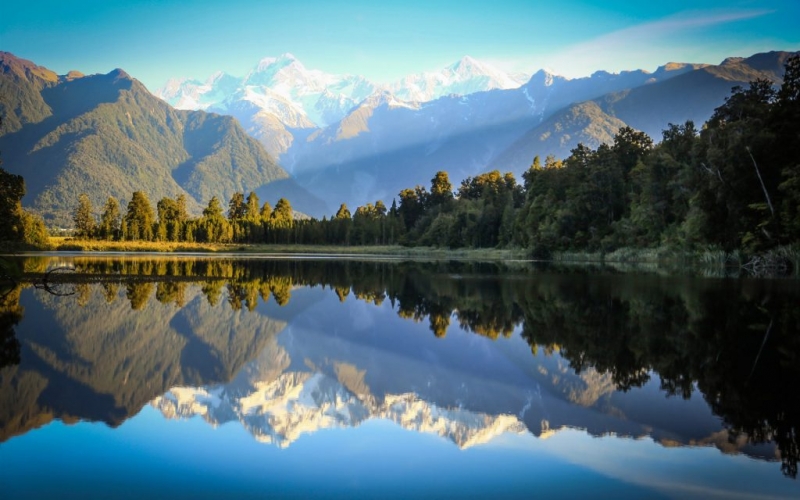Mountain tourism has gained increasing importance in the past decades. It offers not only attractive possibilities to enjoy in a rapidly urbanizing world, but also deeper connections with nature and stunning landscapes. Its importance is even more significant in Europe, where 54.8% of all international travellers go, becoming the most visited region of the world. The European Alps have become very important sources of tourism development and engines of local economies. However, several issues such as climate change, strict regulations and increase of quality standards have created several challenges in different countries.
Mountains as tourism destinations require several efforts from local governments, private sectors and local communities, where a sense of belonging can be developed and the attractiveness of the destination can become global. Every destination is different and needs to find particular elements that can make it unique and relevant for visitors. Branding, marketing and communication efforts need to be targeted in a way that increase connectivity and relevance to users. Since tourism decisions are driven by emotions rather than rationality, an emotional connection needs to be also created.
Prosperity in mountain tourism destinations depends heavily on developing attractions all year round. Due to several reasons, a focus on winter and ski tourism does not suffice anymore in most regions. Hence, a combination of alternative sports, health and wellness, and cultural attraction is needed for future success. This calls for joined strategies at a regional level. Cooperation between the private sector, regional government and civil society for the development of more non-seasonal activities and communication with a global ambition are some of the current trends in mountain tourism. Connections, cooperation and communication are crucial factors.







